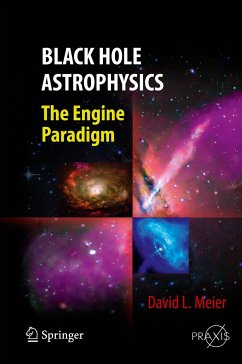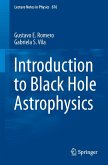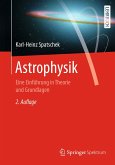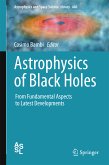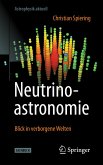Black Hole Astrophysics
. reviews our current knowledge of cosmic black holes and how they generate the most powerful observed pheonomena in the Universe;
. highlights the latest, most up-to-date theories and discoveries in this very active area of astrophysical research;
. demonstrates why we believe that black holes are responsible for important phenomena such as quasars, microquasars and gammaray bursts;
. explains to the reader the nature of the violent and spectacular outfl ows (winds and jets) generated by black hole accretion.
Dieser Download kann aus rechtlichen Gründen nur mit Rechnungsadresse in A, B, BG, CY, CZ, D, DK, EW, E, FIN, F, GR, HR, H, IRL, I, LT, L, LR, M, NL, PL, P, R, S, SLO, SK ausgeliefert werden.
Hinweis: Dieser Artikel kann nur an eine deutsche Lieferadresse ausgeliefert werden.

